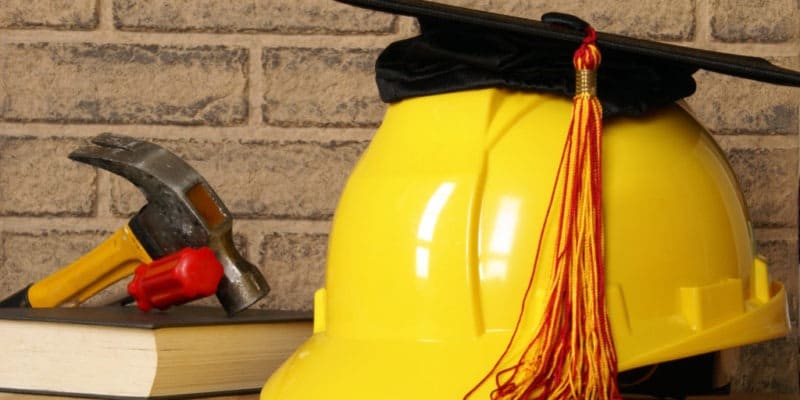Katherine S Newman, Hella Winston
Jul 24, 2017
Very few policy ideas excite both parties in this period of political polarization. Apprenticeship and the renaissance of technical education is, however, one of them. The Obama administration invested millions to launch a federal apprenticeship office, while President Trump has made it one of his signature ideas as he tries to address the re-industrialization of economically depressed regions of the country.
Twin goals are at play on the right and the left: the revival of manufacturing industries, which are desperate for skilled labor, and the need to develop pathways to good jobs-especially for non-university-bound youth-that technical high schools, community colleges, and training programs have been trying to forge. Virtually everyone in the policy world accepts that we must do more to move the American labor force toward the kind of high-skilled foundation that is common in Germany and Austria.
Despite this consensus, the U.S. is very far behind in expanding apprenticeship and the technical education that underpins it. We currently have 506,000 federally registered apprentices and have allocated $2.7 billion dollars to support them. In Germany, with an economy one quarter the size of the U.S., there are 1.4 million apprentices and the annual expenditure for them is $9 billion. The skill of the German labor force is unparalleled in the world and has helped that country become a dominant force in international trade. Its investment has paid off handsomely.

